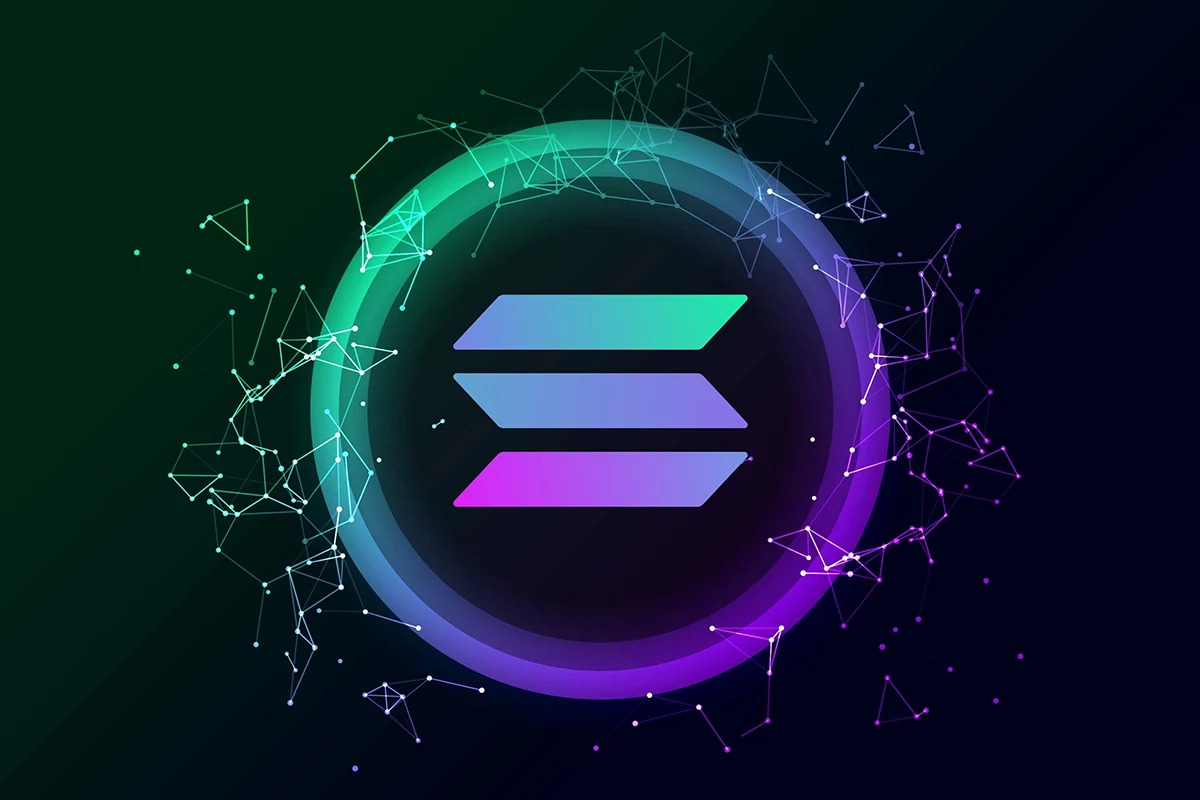Lido DAO 2026 Plan: Boosting LDO Utility While Reducing Token Supply

- Lido DAO proposes a new LDO liquidity buyback mechanism for early 2026.
- The plan uses LDO/wstETH liquidity in Uniswap v2-style LP positions to remove tokens from circulation.
- Buybacks are designed to be anti-cyclical, activating only when the ETH price and DAO revenue meet defined thresholds.
Lido DAO is considering a new approach to manage its LDO token supply with a proposed liquidity buyback system. The mechanism, if approved, would deploy LDO/wstETH liquidity in a Uniswap v2-style liquidity pool (LP), with ownership held by the Aragon Agent.
The main goal is to reduce LDO circulating supply while increasing its utility on-chain. The proposal anticipates implementation in the first quarter of 2026, pending community approval.
The buyback system would execute orders via NEST, purchasing LDO in smaller increments to minimize price impact. Analysts highlight that the plan could conduct up to 14 transactions per year in $350,000 increments without exceeding a 2% price impact, excluding gas fees.
By pairing LDO with wstETH in LP positions, the DAO aims to enhance liquidity depth, making the token easier to trade and more integrated into decentralized finance platforms.
Also Read: Lido DAO (LDO) Price Shows Momentum Toward $3.80 Mark
Lido DAO Introduces Conditional Buyback Proposal
The plan has defined parameters to ensure that the buybacks are triggered by the ETH price due to favorable market conditions. The buybacks would occur if the ETH price surpasses $3,000 with an annual revenue in USD above $40 million.
In such circumstances, the DAO was eligible to receive up to 50% of staking treasury inflows with a cap set at $10 million over 12 months.
This strategy is anti-cyclical. When ETH performs well and the revenue rises, there are more buybacks that remove more LDO from circulation.
To the contrary, during periods with lower ETH prices or revenue shortages, the mechanism adjusts automatically. The current projections indicate that there would be an annual distribution of about $4 million through at least 12 trades, with each trade allocating up to 100 stETH.
Pairing LDO with wstETH in Uniswap Pools
In contrast to traditional buybacks, this proposal would include LP positions, thanks to the inspiration derived from the MakerDAO Smart Burn Engine.
The LDO holdings gained by NEST would be combined with wstETH in a Uniswap v2 pool. The LP tokens would then be transferred to the Aragon Agent.
The design achieves a good blend between simplicity and efficacy. The use of standard LP contracts simplifies technology, while the incremental increase in the size of the LP ensures higher market depth.
The process is largely automated. The LDO is bought from NEST, packaged in wstETH to form the LP, and then sent back to the DAO’s Aragon Agent as an LP token.
This “set-and-forget” solution enables minimal active management to attain the doubly desirable objectives of circulation mitigation and the enhancement of token usability.
Also Read: Lido DAO (LDO) Price Chart Signals Potential Upside: $1.12 Target in Focus
You May Also Like

Solana ETFs Market Grows with Fidelity and Canary Marinade’s New Funds

XRP analysts shift 2025 outlook as liquidity models evolve
